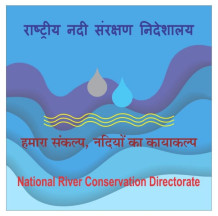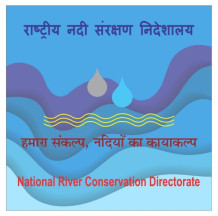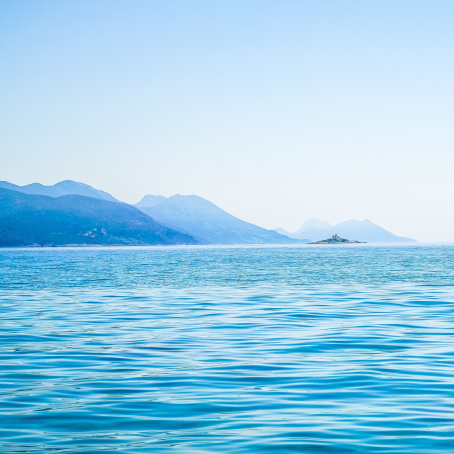
- NATIONAL RIVER CONSERVATION DIRECTORATE Ministry of Jal Shakti Department of Water Resources, River Development & Ganga Rejuvenation Government of India


- राष्ट्रीय नदी संरक्षण निदेशालय जल शक्ति मंत्रालय जल संसाधन विभाग, नदी विकास एवं गंगा संरक्षण भारत सरकार

-


- NATIONAL RIVER CONSERVATION DIRECTORATE Ministry of Jal Shakti Department of Water Resources, River Development & Ganga Rejuvenation Government of India
- NATIONAL RIVER CONSERVATION DIRECTORATE जल शक्ति मंत्रालय जल संसाधन विभाग, नदी विकास एवं गंगा संरक्षण भारत सरकार
